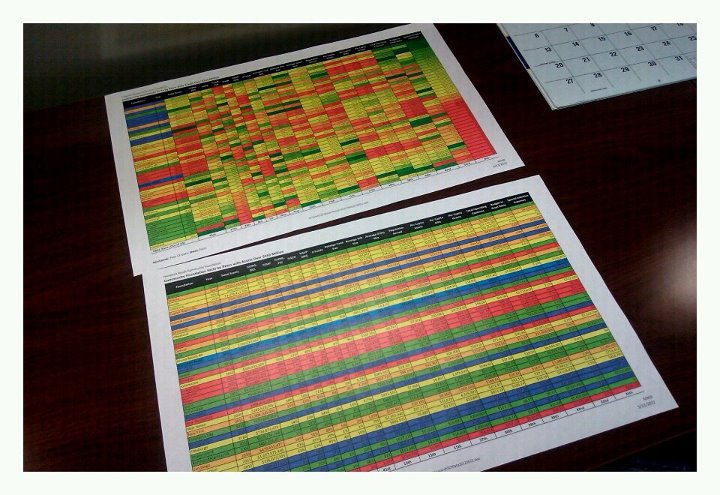
Eagle-eyed readers might notice a few changes around here. I’ve been doing a lot of thinking about my business and what I really have to offer other artists and small business owners.
As an editor, words are my public face. More people know my words than have heard my voice, despite a certain group recognizing me as the public face of Dr. Sketchy’s in St. Pete. Still, my words reach a much larger audience. Words I’ve written, words I’ve assigned, words I’ve flipped and twisted and edited into a complete, published piece. It’s how most people know me, and I like that. I’ve spent my life as a fairly tall redhead who wasn’t hiding in a crowd (5’5” by the time I was 10), so existing semi-corporeally to so many people is sort of refreshing.
But, as an editor, there’s so much more than words that goes on behind the scenes. Who do you think is formatting or proofing those layouts? Who is making up spreadsheets and maintaining records on freelancers so we know what to expect and when, and where the gaps are? As an editor, I basically serve as project manager for my words. (And yes, even if they’re someone else’s words, a piece of them is mine by the time I hit that “Publish” button. I don’t claim to own someone else’s ideas, but they’re, let’s say, part of the family by the time they’re out there in the world.)
When I first started working as a freelancer, I wasn’t sure how to focus my business. Copywriters, from what I saw, were marketers first, writers second, and so that’s how I structured my business. But I’ve come to realize that I was trying to think up a way to use the skills I’d honed as an editor without just coming out and saying “I’m an editor.” And why not? It just didn’t seem like something that one does.
So, after a lot of soul searching, I’ve decided to just come out and say it: I’m an editor. I’m a writer and a planner and an organizer and a strategist, and it’s my job to make sure that everything from the workflow to the design and functionality contribute to making a final, cohesive branding statement, wrapped up in a neat little package. It’s the hat I wear, and yes, it’s a big one. Over at Jack Move, I’ve got a hand in everything from assignments, editing, and writing to coding, choosing images, and tweaking layouts — and that’s exactly how I like it. Emma and I work together to put out the best experience we can for our readers, and it takes more than just words to do that.
What does that mean for my clients? If you take a look at my Services page, you’ll see a lot more packages, and even more that can be built from my “Sidebar” options. My job is to help my clients treat their businesses like magazines: set clear, fixed deadlines, plan out a manageable workflow, and get shit done. Some of that falls on the project management side of being an editor, while other parts are more about getting the right copy written. I think most people will still think of me as a copywriter, and that’s fine too — like I’ve said, most people know me for my words, and I do like that. A good editor knows how to write copy that’s on-target for their market, and people aren’t buying Vogue because they appreciate how punctual they are shipping the book to press. I’m your (wo)man on the scene when I need to be, but I’m also totally at home sitting behind my desk, using my editor’s cattle prod to make things happen and keep us on schedule. I’ll gladly write copy all day, but businesses who need a little bit of an editor’s touch will find out that I’ve got red ink flowing in my veins – and an extra red pen tucked into this huge hat of mine.
*****************************
I’ve made a conscious decision not to limit my clientele to women, despite my love for the strong, female entrepreneurial community that’s thriving online these days. At the risk of getting too cerebral, I’m deferring to Donna Haraway, who writes in her essay, “A Cyborg Manifesto: Science, Technology, and Socialist-Feminism in the Late Twentieth Century”:
There is nothing about being female that naturally binds women together into a unified category. There is not even such a state as “being” female, itself a highly complex category constructed in contested sexual scientific discourses and other social practices.
I, like Haraway, choose my groups by affinity, not identity — just as I’m sure you’re more concerned with what I can do for your business than with which gender I identify.
Want to see what an editor can do for you? Let me give you an Inkling. When you sign up for this free 15-minute conversation, we’ll get clarity on what’s wasting your time and how to start fixing it – whether it’s new copy, a better calendar, or a full-stop brand overhaul. Let’s talk. I’ve got my red pen ready.
Photo via Flickr user Teresa Avellanosa, used under a Creative Commons license.


